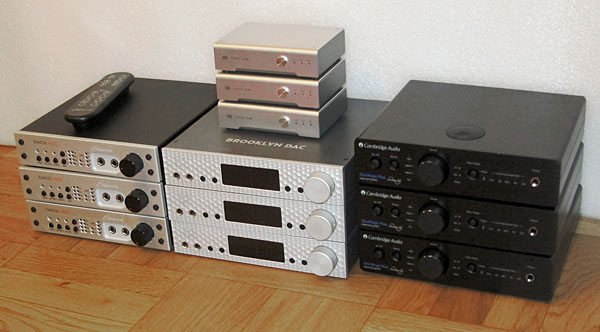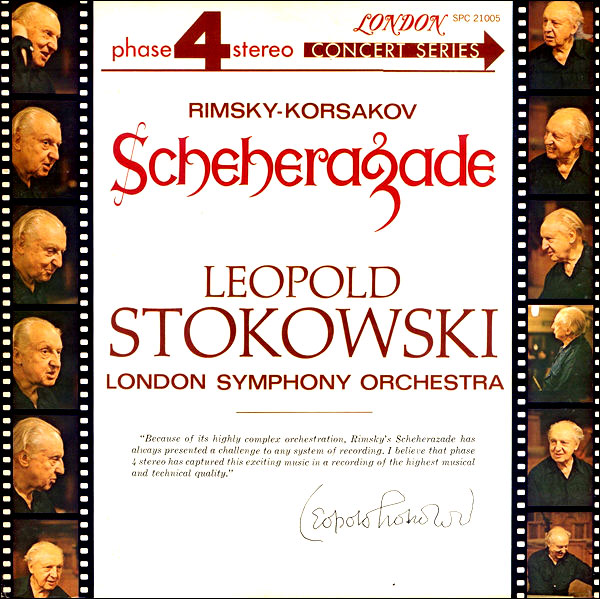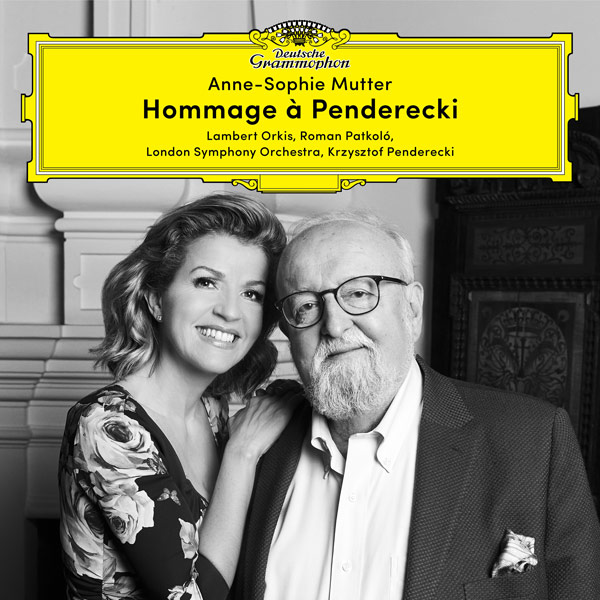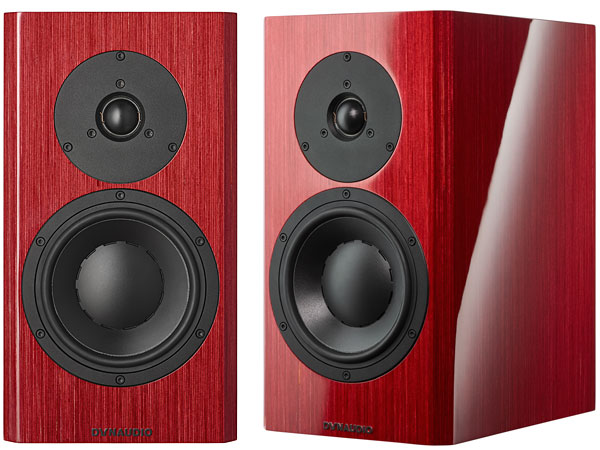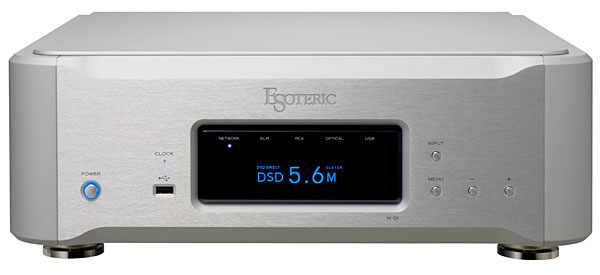LATEST ADDITIONS
Music in the Round #93: miniDSP & Ripping SACDs
Thiel SCS2 loudspeaker
"No, its a floor wax!"
"Dessert topping!"
"Floor wax!"
"Kids, don't argueit's a dessert topping and a floor wax!"
Twenty years later, this Saturday Night Live routine still rings true. Experience has taught me that very few products can do two things equally well. Remember those jaunty amphibicars that sported propellers on their rear decks, letting you drive them straight into the lake after a bracing spin along the back roads? Unfortunately, they could neither corner well nor handle even the slightest chop. As for Swiss Army Knives, well, I guess it's better to have a mediocre screwdriver/awl/magnifying glass/tweezers with you than none at all. And I've never seen a Veg-O-Matic in a professional kitchen, just mandolines, food processors, and knives.
Rita Coolidge: Reaching Higher and Higher
Recording of October 1965: Rimsky-Korsakov: Scheherazade
London Symphony Orchestra, Leopold Stokowski, cond., Erich Gruenberg , solo violin.
London Phase 4 SPC-21005 (LP). Recorded September 22, 1964. Kingsway Hall, London. Marty Wargo, prod., Tony D'Amato, recording dir., Arthur Lilley, eng.
This is infuriating. Along comes the performance of Scheherazade that we've been waiting for, and the powers that be at London Records decide, God knows why, to bestow upon it the dubious blessing of Phase 4 recording. The sound is positively vast and cavernous, the bass booms, the highs scream, the harp sounds like it's 10' tall, and instruments wander back and forth across the stereo stage as if nobody had thought to tell the musicians where to sit.
Burning Amp 2018 Set For September 30 in San Francisco
Anne-Sophie Mutter's Hommage à Penderecki
Which does not make any of the four works on her new two-CDs-for-the-price-of-one set from Deutsche Grammophon, Hommage à Penderecki, any easier to wrap your arms around on first hearing.
Dynaudio Special Forty loudspeaker
Esoteric N-01 network audio player
Remembering Record Producer James Mallinson
Legendary British record producer James Mallinson, whose close to five decades of work with Decca/London, Telarc, and the labels of the major orchestras in London, Chicago and St. Petersburg, died unexpectedly on Friday night, August 24. He leaves behind, in addition to his beloved wife and son, an estimable recorded legacy that earned him no less than 16 Grammy Awards and 49 Grammy nominations.


